How to effectively manage your cashflow
Seven web pros share tips on how to stay on top of your finances.
The words 'creativity' and 'cashflow' don't always mix, but as a professional designer you'll need to stay on top of your finances. To help you navigate the maze of money management, we contacted industry-leading designers to hear how they keep their cash in check. And remember, great artists don't copy, they steal! So take these tips and run with them.
01. Pay online
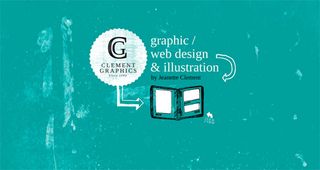
Jeanette Clement, head of digital at Clement Graphics, says: "My advice would be to make full use of online banking functionalities. For instance, you can set up payment transfers to pay bills on the very last day they are due.
"Your suppliers will be happy and you will have maximised the funds in your account for as long as possible. However, be sure to check transfer times between different banks."
02. Get paid upfront
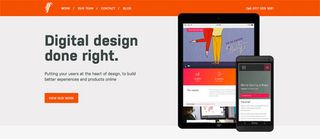
"We split project fees in half and insist on the first payment being made before we start a project," comments Ben Coleman, design director at fffunction.
"We have 14-day payment terms on all other invoices, which helps with cashflow – although there's always a chance that things will go awry! We also set aside 35 per cent of every invoice payment to cover our VAT and Corporation Tax. Anything left over at the end of the year is a bonus."
03. Create project milestones

Domani Partner Gordon Wood observes: "About 90 per cent of our agency's revenue comes from individual projects. Structuring each project's contract with an emphasis on up-front billing is critical, but just as important is encouraging client adherence to payment terms by using key project milestones and deliverables as points of leverage.
"We've found that it's always more effective to remind clients of overdue invoices when a project is active, as opposed to after a site has launched. Implementing a system that can accomplish this begins with good planning during the contract development phase, followed up by the finance team's active engagement with project managers throughout the project's lifecycle."
04. Plan for variation
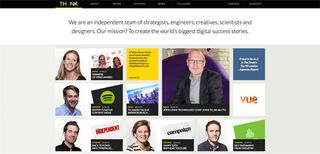
"Whilst short payment terms are ideal, they are rare," notices TH_NK MD Jason Warnes. "And longer terms can be mitigated by clients agreeing to a higher frequency of invoicing.
"Planning and controlling variable freelance and contract costs allow us to flex with demand, turning the dial up and down without committing to an increased cost base. However smart you are with cashflow, it all means nothing if, as a business, you're not focused on growth and delivering a healthy margin."
05. Separate your savings
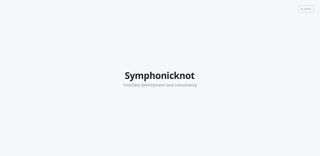
Nicky Thompson, interface developer for Symphonicknot, says: "For my business, I use YNAB (youneedabudget.com/business) – budgeting software that lets you mark money into 'buckets' for whatever you need it for. That might be a new laptop, books, conferences or holiday pay. For me, the huge benefit is in saving for yearly expenses like taxes, liability insurance and organisation membership.
"It's very reassuring to know bills won't surprise me, and this means I can focus on finding and doing good work. Another tip is to dip in and out of subscription services like Office and BrowserStack, so you only pay for what you need. I use Bitbucket (bitbucket.org) for source control as well as GitHub, as private repos are free."
06. Tailor payments to your projects
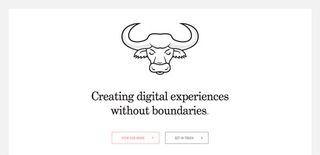
"We vary the payment terms depending on the size of the project," comments Dan Edwards, creative director at No Divide. "If a project is estimated to take less than three months then a 50-50 agreement will be in place, but any longer and we apply a payment schedule that spans over the project duration.
"For example, 25 per cent up-front, and the remaining 75 per cent split over the course of the project. These payments are based on dates set out before the start, not on deliverables. We also have agreements in place – for both ourselves and the client – as to what happens if the project overruns."
07. Chart your cashflow
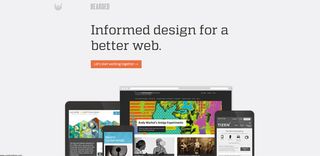
Matt Griffin, the founder of Bearded, says: "To make cashflow more predictable, we price and bill based on weekly sprints. We have a weekly cost per person, and we know our weekly expenses for the company.
"We have a spreadsheet that charts out how many projects we can expect each month with different variables (like hiring an extra person), and what kind of profit or loss that equates to. This has been invaluable in helping us make decisions around things like hiring and taking on new projects."
This article first appeared in net magazine issue 266.
Like this? Read these!

Thank you for reading 5 articles this month* Join now for unlimited access
Enjoy your first month for just £1 / $1 / €1
*Read 5 free articles per month without a subscription

Join now for unlimited access
Try first month for just £1 / $1 / €1
Get the Creative Bloq Newsletter
Daily design news, reviews, how-tos and more, as picked by the editors.
The Creative Bloq team is made up of a group of design fans, and has changed and evolved since Creative Bloq began back in 2012. The current website team consists of eight full-time members of staff: Editor Georgia Coggan, Deputy Editor Rosie Hilder, Ecommerce Editor Beren Neale, Senior News Editor Daniel Piper, Editor, Digital Art and 3D Ian Dean, Tech Reviews Editor Erlingur Einarsson and Ecommerce Writer Beth Nicholls and Staff Writer Natalie Fear, as well as a roster of freelancers from around the world. The 3D World and ImagineFX magazine teams also pitch in, ensuring that content from 3D World and ImagineFX is represented on Creative Bloq.
